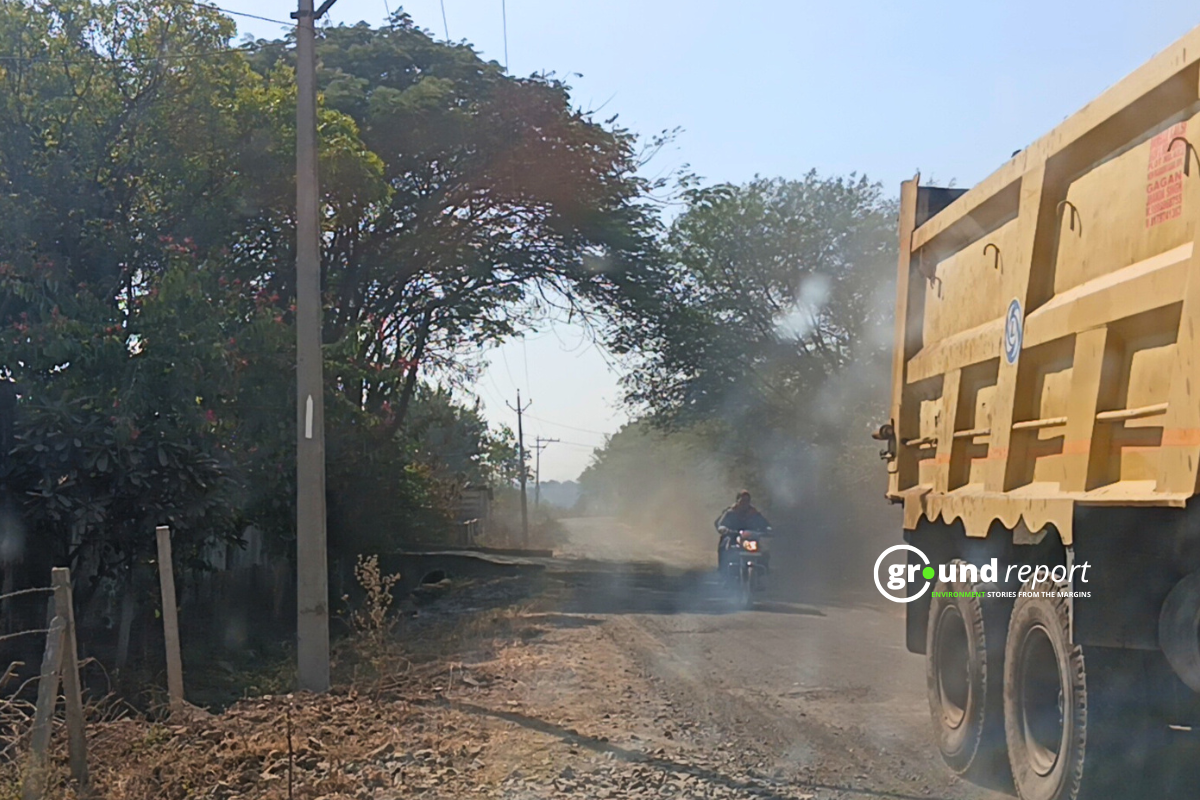A 12-year-old girl from Bengaluru developed holes in her stomach after consuming a liquid nitrogen paan, as reported on Monday. Her condition was so severe that she required surgery at a private multispecialty hospital.
Trying something new for fun ended up causing severe health complications for the girl. She consumed the paan out of curiosity, which led to excruciating pain in her stomach. While others who tried the same paan did not experience any adverse effects, the girl’s condition quickly worsened.
After consuming the paan, the girl began to feel intense pain in her stomach. She was rushed to the hospital, where doctors observed a hole in her stomach and advised immediate surgery. She underwent gastro surgery to address the damage caused by the liquid nitrogen used in the ‘smoky paan’.
It’s worth noting that many people enjoy chewing paan after meals, as betel leaves aid in digestion. Traditionally, paan was consumed in a simple setup, but nowadays, various modern versions such as dry ice paan, fire paan, and smoky paan have become popular.
What Is Liquid Nitrogen Paan?
Liquid nitrogen is nitrogen in a liquid state at an extremely low temperature. It is colourless, odourless, and inert, with a boiling point of -196°C (-320°F). While commonly used in cryogenic applications and medical fields, it has also found its way into the food industry.
Liquid nitrogen is often used in the food industry for rapid freezing, helping to preserve the texture, flavour, and nutrients of food items. Chefs also use it to create unique culinary experiences, such as making instant ice cream or exotic paan.
However, consuming liquid nitrogen can be very dangerous. Its extremely low temperature can cause severe burns and frostbite to the mouth, throat, oesophagus, and stomach lining. Besides, inhaling nitrogen vapours can lead to breathing difficulties. Proper handling by experts is essential to avoid these health risks. Negligence, as seen in the recent case in Bengaluru, can result in serious health issues.
Comparing to Ice and Fire Paan
| Aspect | Ice Paan | Fire Paan | Smoky Paan |
|---|
| Preparation | Freezing paan ingredients, creates a refreshing experience. | Paan is set on fire just before serving, enhancing the aromatic experience. | Incorporates liquid nitrogen to create a smoky effect. |
| Safety | Generally safe to consume, as it involves only freezing. | Safe to consume, as the flame is quickly extinguished before consumption. | Potentially hazardous due to the use of liquid nitrogen, which can cause severe internal injuries if not handled properly. |
| Temperature | Cold and refreshing, providing a cooling sensation. | Warm with a slightly charred flavour, offering a bold experience. | Extremely cold due to liquid nitrogen, can cause burns or damage if not consumed correctly. |
| Aesthetic Appeal | Visually appealing with a frosty look, making it attractive for social media. | Dramatic and eye-catching due to the fire element, making it popular for videos and photos. | Visually intriguing due to the smoky effect, popular for creating a mystical experience. |
| Digestive Benefits | Provides traditional digestive benefits of paan along with a cooling effect. | Retains the digestive benefits of paan while adding a unique flavor experience. | Retains the digestive benefits of paan but the addition of liquid nitrogen can pose health risks. |
| Popularity | Popular among those who prefer a refreshing and cool treat. | Favored by thrill-seekers and those looking for a unique experience. | Gaining popularity due to its novelty, but carries significant risks. |
| Accessibility | Widely available and easy to prepare with common freezing techniques. | Available at select paan shops that specialize in unique presentations. | Less common due to the need for liquid nitrogen and specialized handling. |
| Risk Factors | Low risk as it involves standard freezing methods. | Low risk if handled correctly, but care must be taken to avoid burns from the initial flame. | High risk if not handled with extreme caution; liquid nitrogen can cause severe internal injuries, such as perforation peritonitis as seen in the reported case. |
Paan is a preparation of areca nuts, betel leaves, and slaked lime that is chewed for its stimulant and narcotic effects. The exact composition of the mixture varies by region, and it can include other ingredients for flavour and breath freshening.
Follow Ground Report for Environmental News From India. Connect with us on Facebook, Twitter, Koo App, Instagram, Whatsapp and YouTube. Write us on GReport2018@gmail.com and subscribe our free newsletter.
Don’t forget to check out our climate glossary, it helps in learning difficult environmental terms in simple language.









